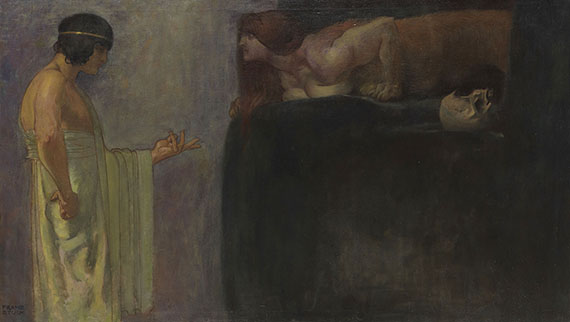Dictionary


High Baroque
High Baroque refers to the peak of an epoch, which began in c. 1630/50 and lasted until c.1700/20. The high Baroque period can be subdivided into Baroque and Baroque Classical. In different cultural circles, high Baroque art varied dramatically according to function or context of production. It served to promote rulers under absolutism (or in counter-reformation areas) and glorify Catholicism. But the style was also part of the new free art market, such as that in the "early bourgeois" northern Netherlands, which was shaped by Protestantism and its mistrust of religious images. And it was here that the high baroque landscape was soon occupied with new profane forms of art – landscapes, genre and still life painting.
Beyond political and religious borders, there were other unifying aspects, such as a preference for allegory and symbolic visual language, which was also expressed in the widespread emblem literature. There was also a subtle or emphasised dynamism in painting and drawing, sculpture and architecture. According to "classical order", curves, verves and diagonal composition lent the two and three-dimensional representations a feeling of movement. They also maintained an emphasis on realism. High baroque art was dominated by the "Gesamtkunstwerke", with the style aiming to overcome the boundaries between painting, sculpture, and architecture. Illusionistic wall and ceiling paintings reached their artistic zenith, and in Italy, multi-talents such as Bernini and Cortona exerted a strong influence on art.
High Baroque refers to the peak of an epoch, which began in c. 1630/50 and lasted until c.1700/20. The high Baroque period can be subdivided into Baroque and Baroque Classical. In different cultural circles, high Baroque art varied dramatically according to function or context of production. It served to promote rulers under absolutism (or in counter-reformation areas) and glorify Catholicism. But the style was also part of the new free art market, such as that in the "early bourgeois" northern Netherlands, which was shaped by Protestantism and its mistrust of religious images. And it was here that the high baroque landscape was soon occupied with new profane forms of art – landscapes, genre and still life painting.
Beyond political and religious borders, there were other unifying aspects, such as a preference for allegory and symbolic visual language, which was also expressed in the widespread emblem literature. There was also a subtle or emphasised dynamism in painting and drawing, sculpture and architecture. According to "classical order", curves, verves and diagonal composition lent the two and three-dimensional representations a feeling of movement. They also maintained an emphasis on realism. High baroque art was dominated by the "Gesamtkunstwerke", with the style aiming to overcome the boundaries between painting, sculpture, and architecture. Illusionistic wall and ceiling paintings reached their artistic zenith, and in Italy, multi-talents such as Bernini and Cortona exerted a strong influence on art.
Offers




